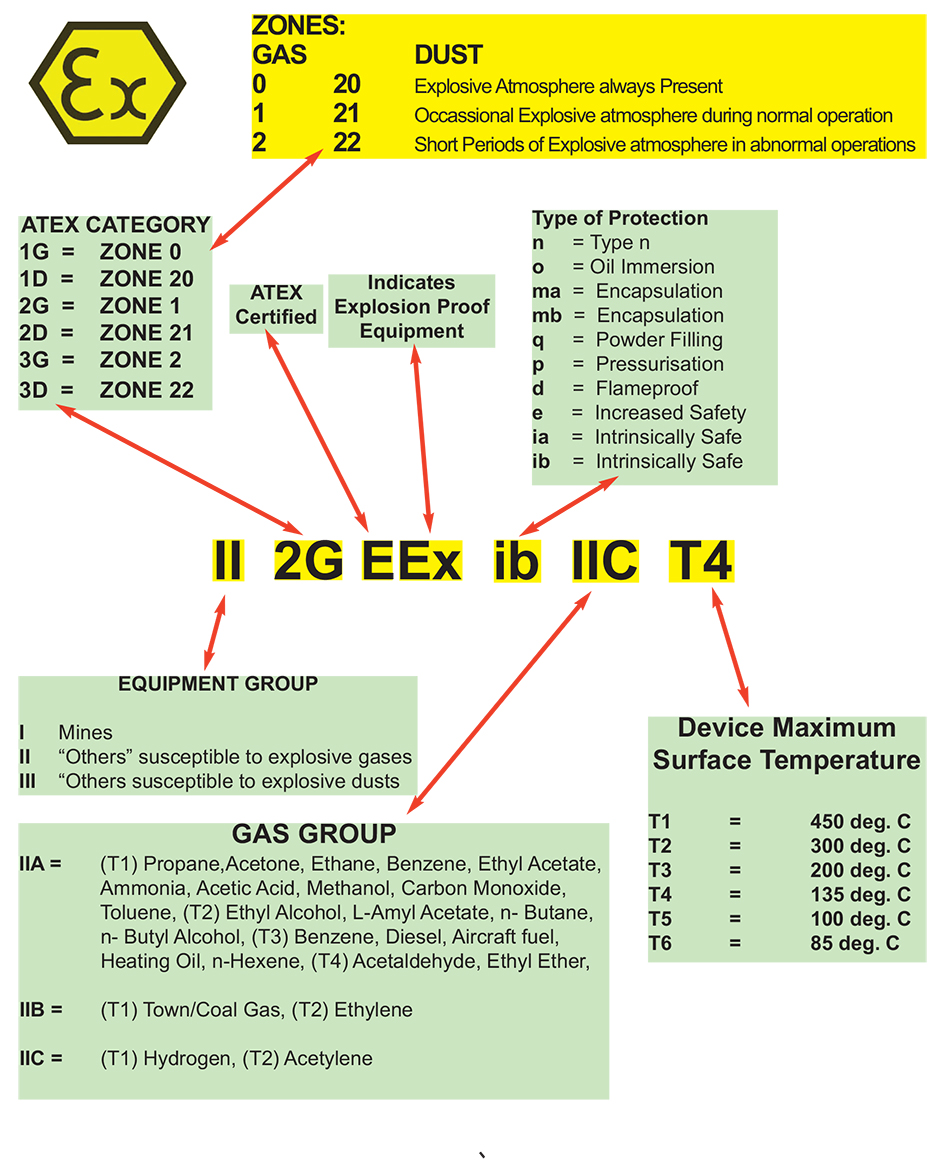ATEX Radios Explained
ATEX Radios and Labelling
Many workplaces and environments have the potential for creating an explosive atmosphere, which could be ignited by not taking sufficient precaution in operating procedures and by not using equipment "safe" to use in that environment.
It is surprising how some environments could be hazardous in this way - Clearly ones with obvious gases or flammable vapours such as Aircraft re-fuelling, petroleum processing plants, chemical plants and indeed garages are deemed hazardous, but even factory environments such as a flour mill, wood mill etc or any place where a flammable gas, explosive gas of vapour, including fine dust is present may cause a risk.
Both the Health and Safety at Work Act and the European ATEX Directives control the safe practices and equipment usage in potentially dangerous environments.
In addition in the UK a further regulation is in force through the Dangerous Substances and Explosive Atmospheres Regulations (DSEAR).
In UK and EU the ATEX Directives are adopted, and in essence Health and Safety Managers should assess the potential risks and take appropriate action with Storage, Use, Protection and Signage of any potential hazard.
Hazardous areas are normally marked with the "EX" sign and any equipment used in this type of environment must also meet the ATEX Directive and be labelled as such accordingly.
We recommend researching the Health and Safety Executive website for full details and explanations at www.hse.gov.uk
When Two Way Radio equipment is used in a hazardous environment, an assessment of the potential explosive mixtures can be made and suitable rated equipment chosen, based on risk and budget.
ATEX RATINGS

